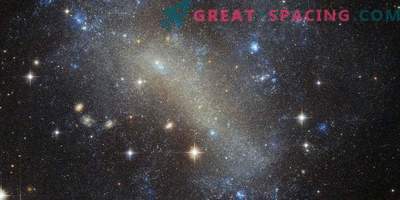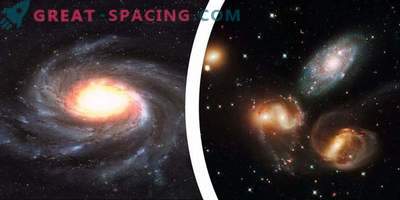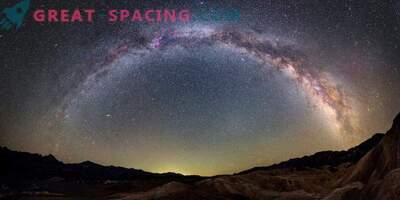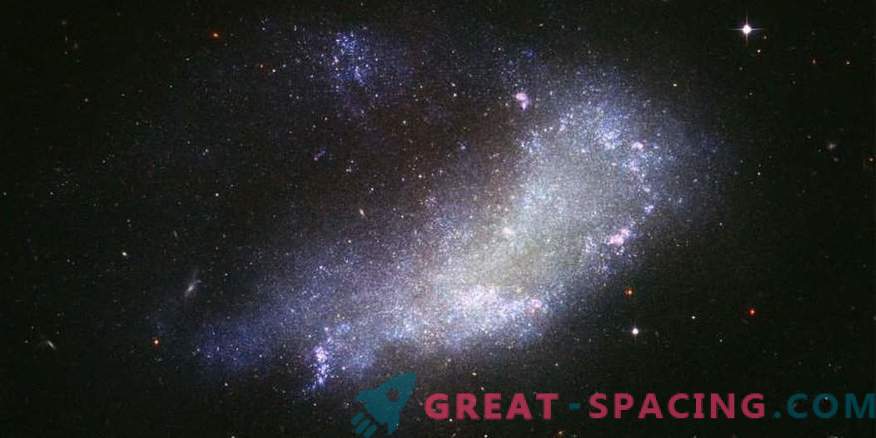
If you were able to admire photos of galaxies, then you might notice that each one has a certain shape. However, the classification includes a rather unusual type — irregular galaxies. But why are they called that?
Galactic classification
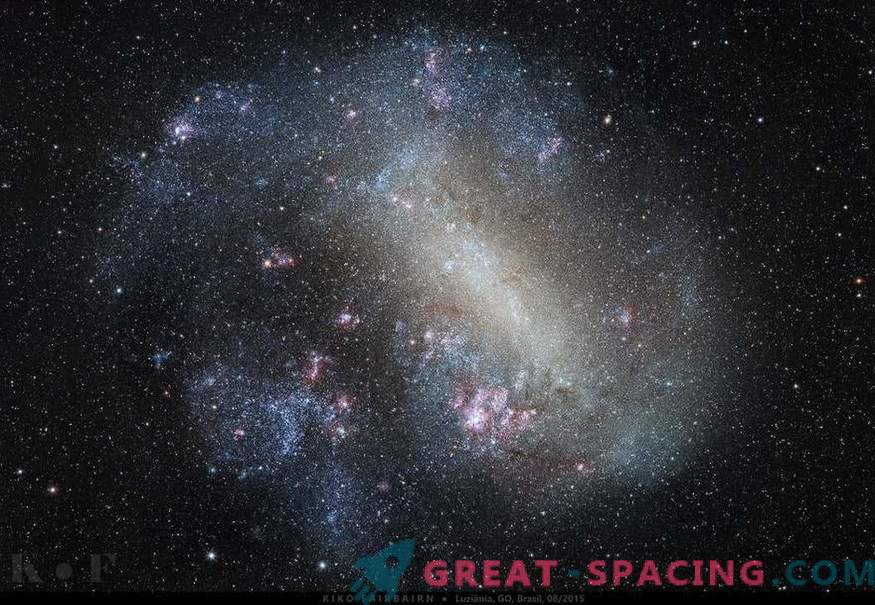
Large Magellanic Cloud
Any galaxy is a large-scale structure united by a common gravitational capture. These are stars, clusters, dark matter, planets, gas and dust that rotate around a common center of mass.
In terms of classification, the Hubble sequence is most often used, which in 1936 was proposed by Edwin Hubble. It includes not only the basic and familiar types, but also breaks them into subtypes.
The two most famous classes are spiral and elliptical. The first is our Milky Way. This is a galaxy, which is shaped like a spiral with the presence of sleeves. Elliptical galaxies are much larger and stand out in a spherical shape, where the brightness is reduced closer to the edge. There are also lenticular ones, but they are closer to the spiral type, only without a clearly visible spiral structure.
Wrong galaxies

NGC 55
What is the wrong galaxy? If you read carefully, you might have already noticed that one of the differences is the galactic form: a sphere or a spiral. Wrong galaxies are those that do not fall under the first two main classes. This is not a spiral or a sphere. Usually resemble a chaotic large-scale star cluster without a clear form. Representatives of irregular galaxies account for about 1/4 of the entire galactic family. They do not fit into the Hubble classification. Interestingly, they were not always like this. It should be understood that galaxies are also evolving and changing. Therefore, before us were spiral or elliptical representatives. But what happened to them?
How do irregular galaxies appear?
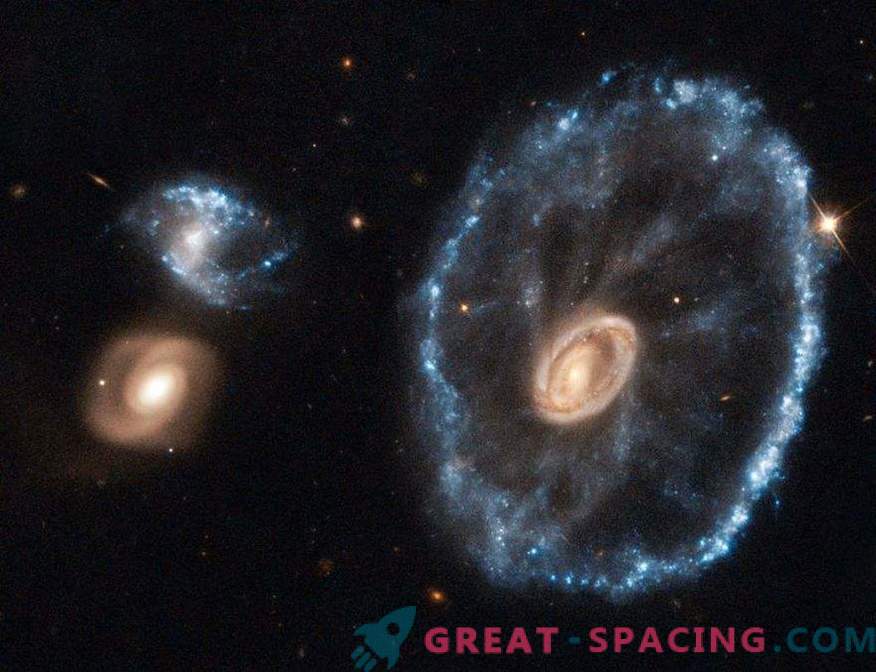
Galaxy Cartwheel
It's all about deformation. It is believed that extraneous gravitational forces act on the original galaxy. Put forward two main ways of formation:
- close contact with a neighbor. If a larger galaxy passes nearby, it is capable of destroying the shape or disrupting the structure with its tidal forces.
- collisions. Galactic attacks - another stage of development. Then, instead of two galaxies, we get one that can acquire a spherical shape and become elliptical or appear as an irregular galaxy.
For example, the recently identified case, NGC 6052, belongs to the latter type. This is a pair of colliding galaxies. Now this structure can be called wrong. However, in the end, it can become elliptical (as will happen with the Andromeda galaxy and the Milky Way). Scientists are also closely monitoring NGC 1427A. This is a great example of an irregular galaxy in the territory of the constellation Eridanus. It is 62 million light-years distant from us and in the future runs the risk of dying as it plans to crash into a nearby galactic cluster.
Among irregular galaxies there is an important subspecies - dwarf. They are of interest to researchers, as they contain a low level of metals and a large gas volume. Everything suggests that they collided almost with the very first galaxies in the Universe, which means they will be able to answer questions about galactic evolution.
Postscript
The class of galaxies can change, because new data reveal the true nature. For example, the Magellan Clouds were considered to be wrong for a long time. However, later managed to consider the spiral and bars, after which they were recorded in the dwarf type.
